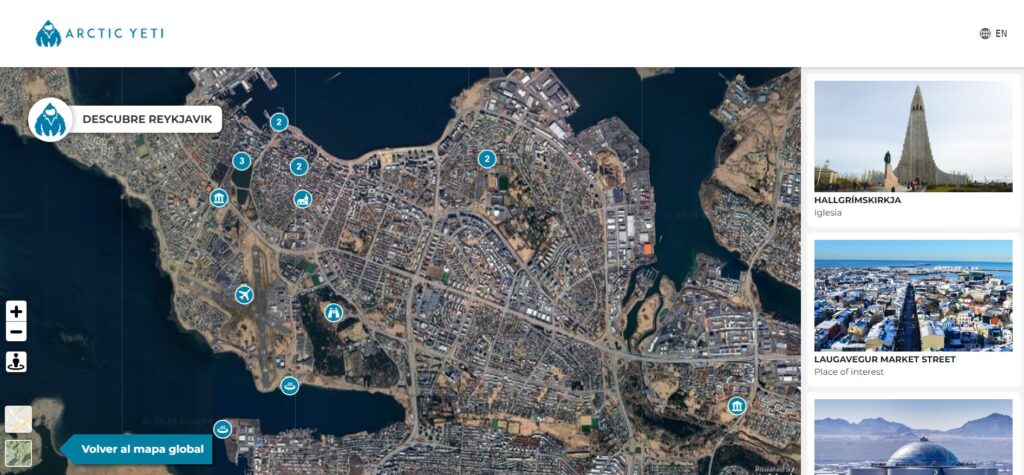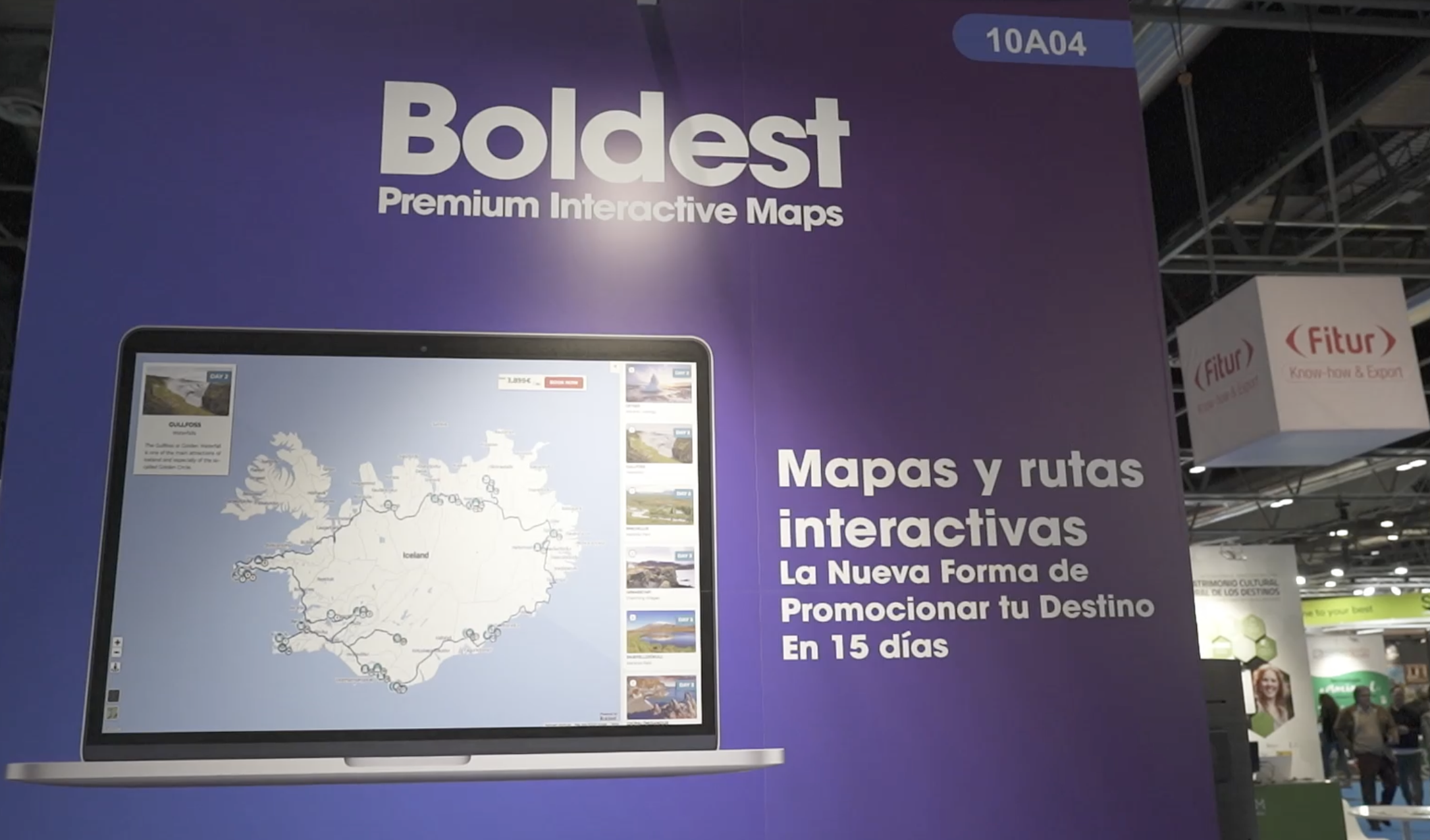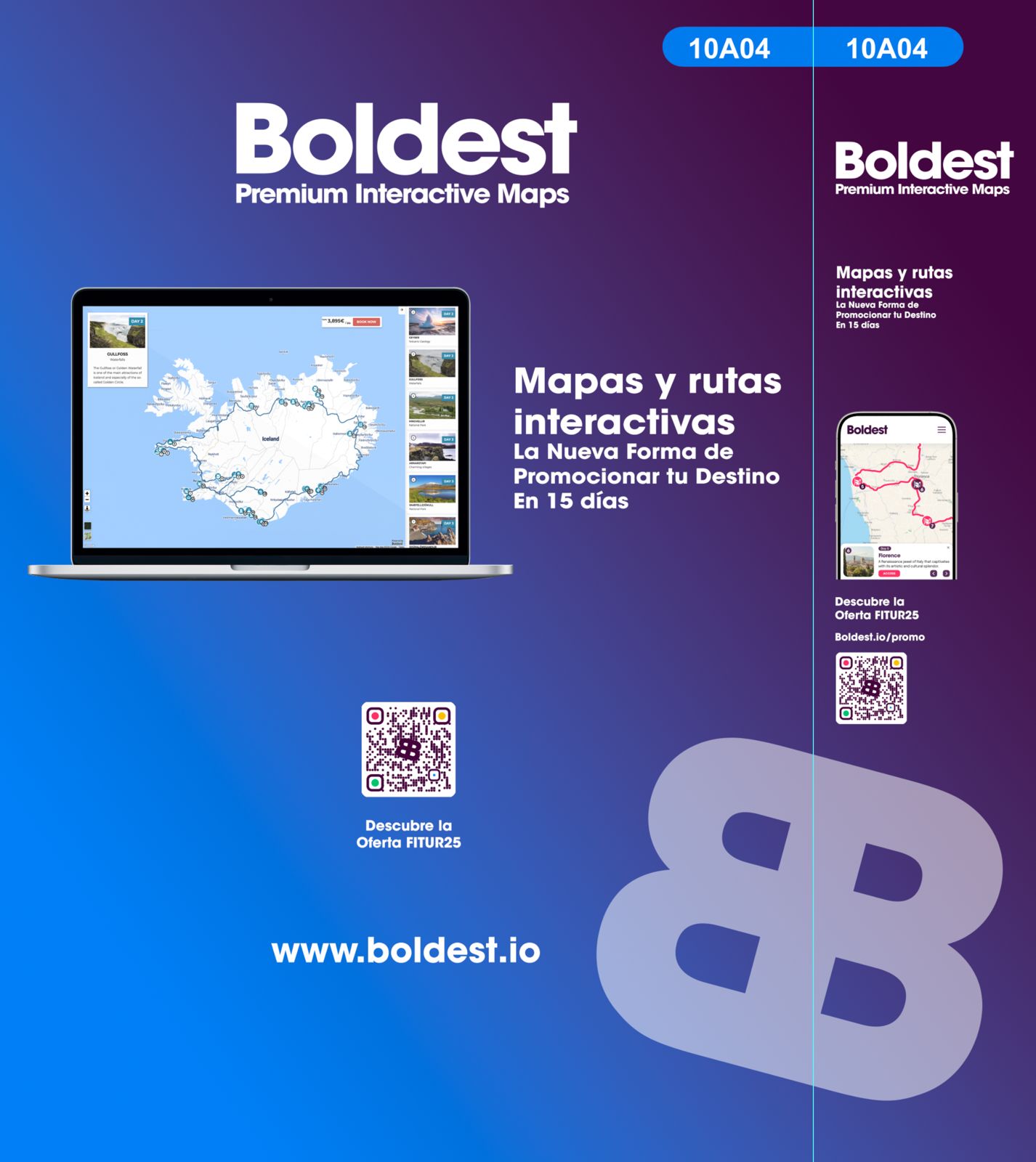The concept of a smart destination has become a goal for many cities and regions looking to enhance the tourist experience through technology and innovation. But, what does it mean to be a smart destination, and how can you determine if your city or region qualifies as one? In this article, we’ll look at the key criteria defining it and offer a practical guide to assess if you’re on the right track.
What is a smart destination, and what are the benefits of becoming one?
A smart destination is one that uses information and communication technologies (ICT) to provide a richer and more personalized tourism experience, among many other benefits.
Turning to official sources, according to Segittur, the State Corporation for the Management of Innovation and Tourism Technologies, a smart tourism destination or DTI is an:
“Innovative destination, established on a cutting-edge technological infrastructure, that ensures the sustainable development of the tourist territory, accessible to all, facilitating the interaction and integration of the visitor with the environment, enhancing the quality of their experience at the destination, and improving the quality of life for the resident.”
Therefore, a smart destination not only improves the visit’s quality for the tourist but also benefits the local community and the environment. Smart destinations are efficient, accessible, and sustainable, using data to make informed decisions about tourism development.
They achieve benefits such as:
- Increased competitiveness, resulting from an optimized use of resources.
- More efficient and profitable processes and operations.
- Environmental, economic, and social sustainable development.
- Simultaneous improvement of the visitor’s experience and the local inhabitant’s quality of life.
- Boosting the destination’s economy.
The 5 pillars of a smart destination you must have

To enjoy all these benefits of a smart destination, you must base your actions on these five fundamental principles:
- Technology: the foundation of a smart destination is technology. This includes everything from free Wi-Fi and digital signage to mobile apps that guide tourists around the city and data platforms that collect and analyze information in real time.
- Innovation: involves finding new ways to enhance the tourism experience. This could be through virtual reality that allows visitors to see historical reconstructions or the use of artificial intelligence to provide personalized recommendations.
- Sustainability: this means managing resources in a way that minimizes environmental impact and promotes the well-being of the local community.
- Accessibility: a smart destination must be easy to navigate for all tourists, regardless of their physical abilities or local language knowledge.
- Governance: effective governance involves collaboration among different actors, such as local government, private companies, and the community, to develop and maintain the infrastructure and services of a smart destination.
DTI model: a benchmark for reaching the smart destination
The Smart Tourist Destinations (DTI) model by SEGITTUR is an international pioneering initiative aimed at improving competitiveness and tourism development through innovation and technology.
To implement it, a methodology must be developed, whose main points are:
- Cycle 1: Diagnosis and Planning
- Phase 1. Incorporation: application for DTI diagnosis and commitment to the action plan.
- Phase 2. Diagnosis: assessment of the destination through 97 requirements and 261 indicators to establish an action plan.
- Phase 3. Strategy and Planning: definition and organization of the DTI Action Plan’s execution.
- Distinction: Recognition as a Smart Tourist Destination if at least 80% of the requirements are met.
- Cycle 2: Execution and Monitoring
- Phase 4. Execution: implementation of the action plan and biennial renewal of the distinction.
- Phase 5. Renewal: maintenance of DTI standards and renewal every two years to certify ongoing compliance.
The role of interactive maps in creating a smart destination

Interactive maps have become an essential tool in the digital transformation and development of smart tourist destinations. These maps offer a dynamic platform that allows visitors to explore and plan their trip efficiently and attractively.
Their value lies mainly in the following key points:
- User experience: they are accessible from any internet-connected device, facilitating tourists to plan before arriving at the destination and once there (for example, from a tourist office or the hotel itself). Their intuitive interface allows users to navigate without complications, find points of interest, routes, services, and get detailed information with just a few clicks.
- They leverage existing resources, such as content, photos, etc., presenting them in a new way that connects the destination with the traveler or citizen. This gives them a new life, thus reusing public money and betting on economic sustainability.
- Promotion of sustainable mobility: by providing information on public transportation, walking or biking routes, and charging points for electric vehicles, interactive maps promote sustainable mobility options among visitors.
- Boosting the local economy: these maps highlight local businesses, crafts, restaurants, and other services, helping to distribute the benefits of tourism more equitably and encourage the consumption of local products.
- Improving destination management: they provide valuable data on tourist behavior and preferences, allowing for the optimization of resources and improvement of the offer.
In conclusion, becoming a smart destination is an ongoing process that requires commitment and adaptation. With it, you can significantly improve the tourist experience and position your destination as a reference.
Without a doubt, interactive maps will be a key element in this journey. Maps like those we develop at BOLDest, where we already have the trust of numerous smart destinations that have seen improved results.
All thanks to providing high-value information in a visually attractive environment and with an excellent user experience.
And, additionally, with the possibility of executing a turnkey project in two weeks and for a smaller budget.
Want to know more about how we make it possible? Contact us, and we’ll resolve any doubts you have.




